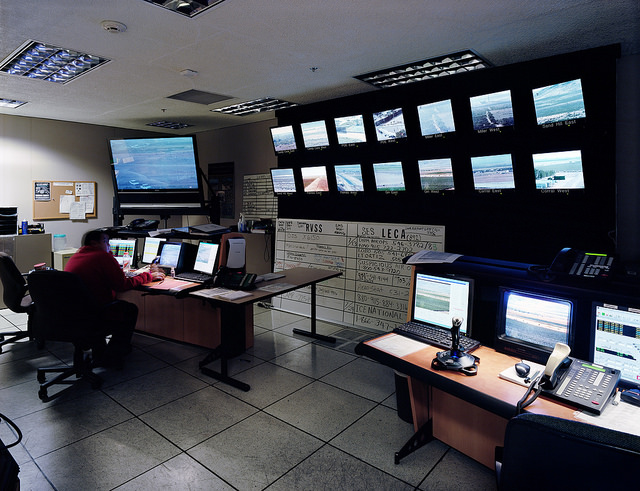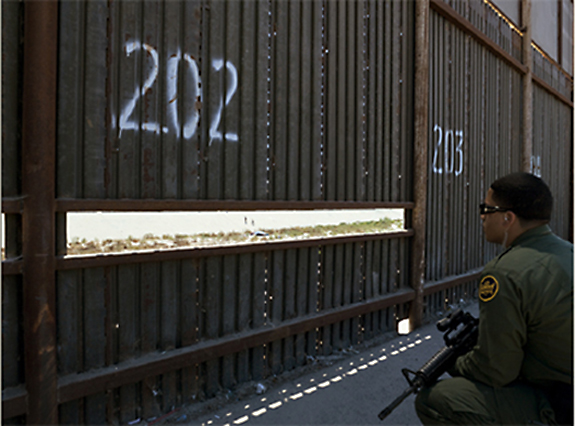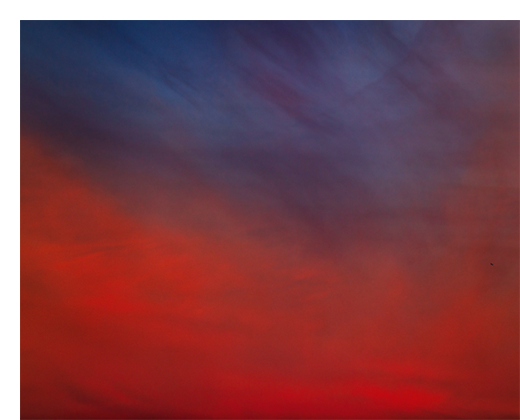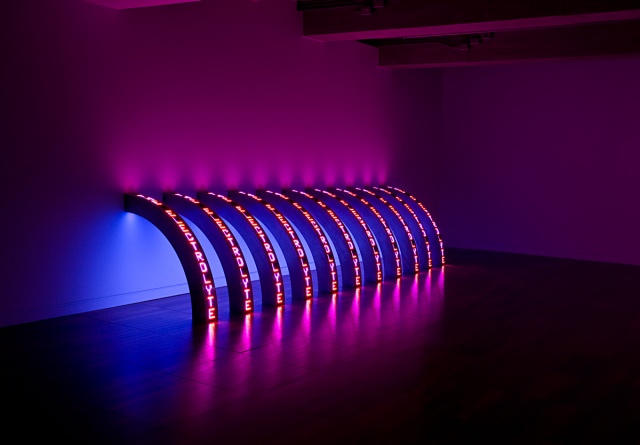 |
 |
Sublime shows us the vast distance between the place where we actually are and the proverbial Kansas that was so fondly remembered by Dorothy and little Toto. Maybe we can wrap our heads around it, and maybe we can’t, but the more we attune ourselves to the effects that it exerts on our everyday lives, the more we are able to see how pervasive its insidious logic is. As William Burroughs once wrote,” there are two definitions of paranoia. One is an irrational belief that one is being persecuted while the other is possession of the facts.”
 |
 |
evening sky in front of the Draco constellation. A third photograph shows an unmarked jet aircraft on the runway in front of the Gold Coast Terminal at Las Vegas’ McCarren International Airport, that being the point of entry and exit for Area 51, the ultra-secret U.S. Air Force base said, by conspiracy buffs, to harbor the remains of extraterrestrials. The photo was taken at night with a telephoto lens, and from a stylistic point of view, it perfectly merges the visual syntax between dispassionate “evidence” and evocative artiness. Another of Paglen’s works of interest here is a grainy reprint of the American passport photos of six CIA operatives who are wanted by European Union law enforcement in connection with the abduction of Abu Omar from Milan in 2007.
 |
.jpg) |
 |